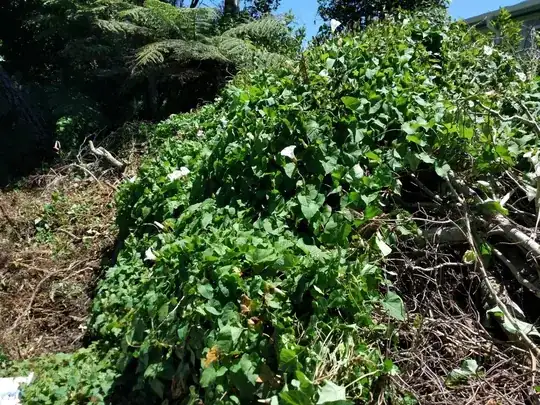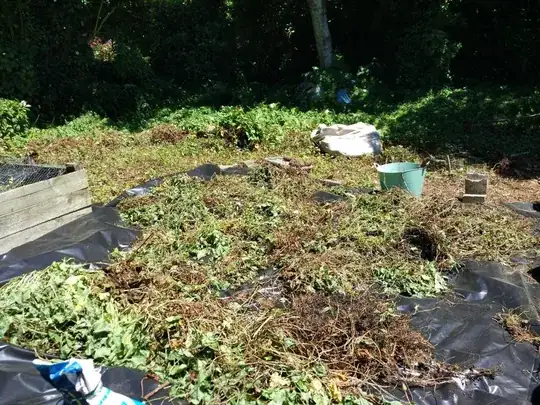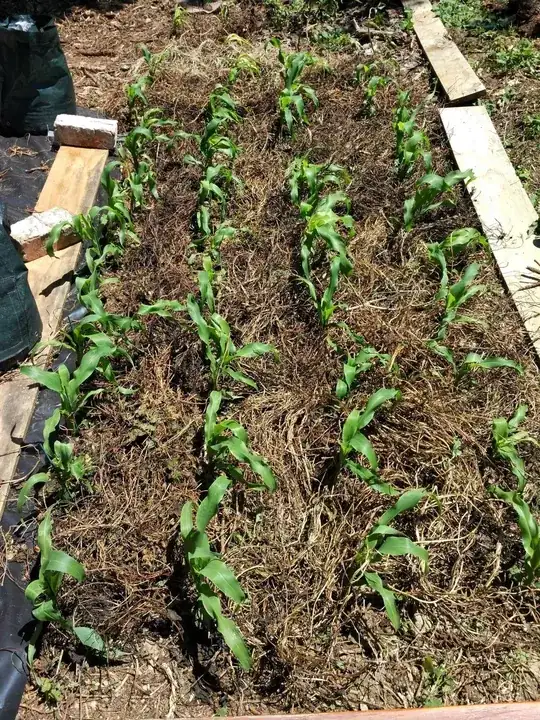My back yard, about 1/8 acre or 500 m2, is covered in convolvulus (and wandering willy). It's even coming up in the middle of my raised beds that I protected with cardboard ( should have used weed mat ). Normally they tell you to dispose of it removing from the property but that seems like a loss of nutrient from the land in that it violates the law of return.
Is there a safe way to extract the nutrient? I can't drown it, solarize, or bag it up. And I lack enough browns to safely hot compost it.



